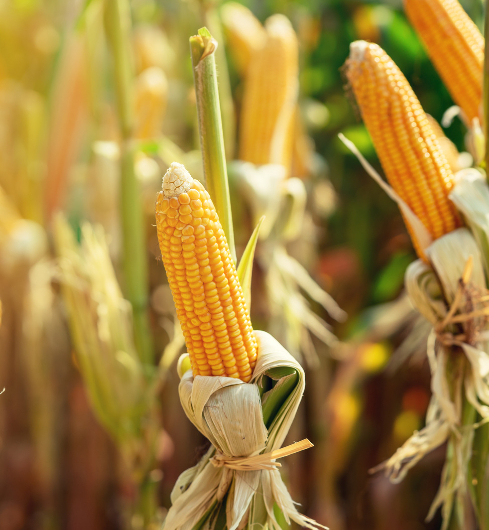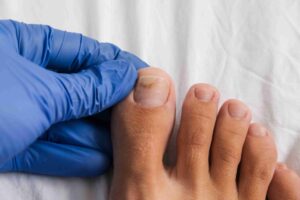Learn more about Corns and Calluses
Corns and calluses are one of the most common foot conditions that we see and treat in our clinic. Calluses and corns are raised areas of local thickening of the surface layer of the skin. This layer is known as the keratin layer. When it becomes a thickened skin the condition is known as hyperkeratosis.
Calluses – tend to be larger patches of skin that generally form on the bottoms and sides of feet, they often appear yellow or grey in colour and will be less sensitive to the touch than surrounding skin. Calluses are not usually painful, unless the callus becomes very dry and cracked, then the cracked are may become painful.
However, corns – are smaller formations and typically circular in shape. While a corn is similar to a callus, it also has an inner core which can either be hard or soft. Soft corns often form between toes (where moisture is common) and hard corns commonly form on the tops of toes and bottoms of feet. Inflamed skin can appear around either type of corn, and they are usually painful when pressed. Corn treatment is necessary when it already causes you discomfort.
Symptoms of Corns and Calluses
The symptoms of callus and corns are as follows –
- The callus may look like a raised hardened area of skin
- The skin may be discoloured and have a glassy yellowish appearance
- A corn between your toes may have a hardened and yellow appearance, or it may feel soft, wet and white.
- You may experience pain or discomfort when walking or standing or when wearing particular shoes
- You may notice a feeling of walking on a rock or a foreign body beneath your foot
Causes & risk factors of Corns and Calluses
Corns and calluses develop because the skin’s defensive response is to thicken when consistent friction or pressure is applied against the skin of the foot. This pressure or friction could be caused by:
- Poor fitting footwear. This could be footwear that’s too tight and also narrow, causing them to rub against the feet or footwear that’s too big or loose, meaning your foot repeatedly slides against the shoe.
- Excessive pronation of the foot (the extent to which your arch collapses inward when you walk) that creates increased pressure at the front of your feet and toes
- Feet with high arches can experience excessive pressure on the outside of feet
- Poor range of motion and mobility in joints
- Long periods of standing on your feet
- Previous trauma or surgery that has altered the structure of your feet, which may mean excessive pressure is applied to new areas of the foot.
- Conditions where bones are located closer to the skin’s surface (bony prominences) may cause more rubbing and friction e.g. bunions & Tailor’s bunions or rheumatoid arthritis.
- Specific walking and running patterns that may place extra pressure on a specific area of the foot e.g. flat feet.
- Dry skin
Are you suffering from this condition? At The Chelsea Clinic, we can help. One of our podiatrist can assist and then recommend what treatments are best to get you back on track. Podiatrist South Kensington
Schedule an appointment here or you may call us at +44 (0) 207 101 4000.
We hope you have a feetastic day!
-The Chelsea Clinic and Team




